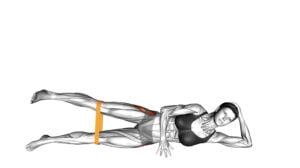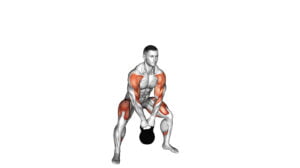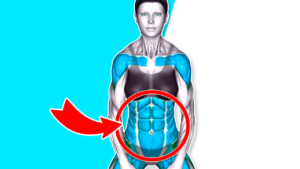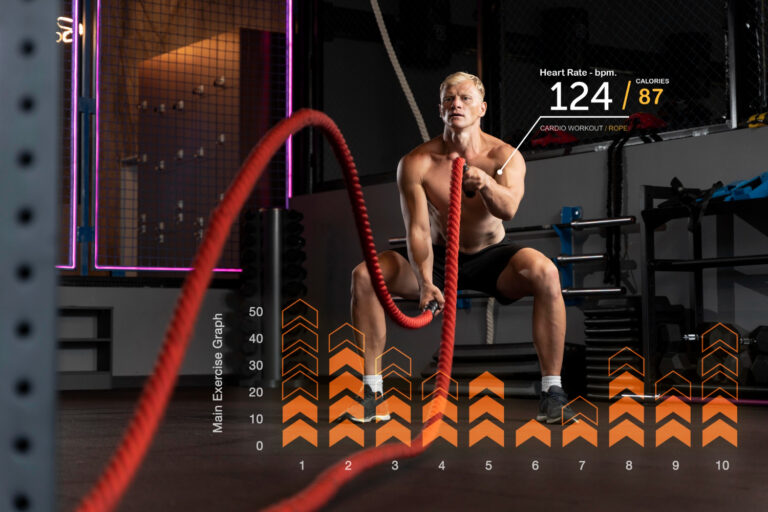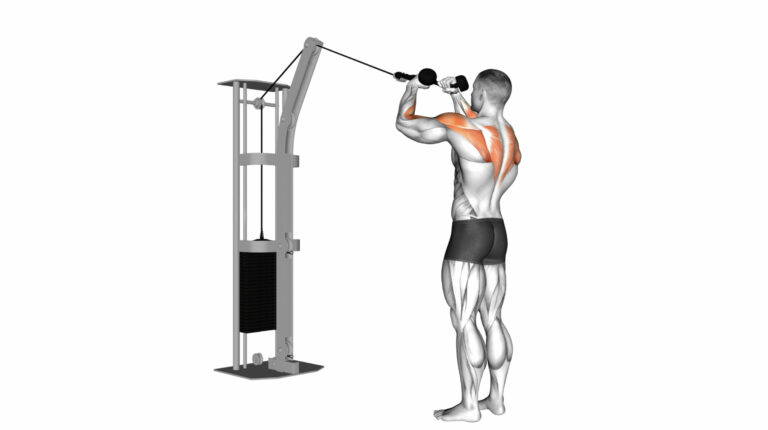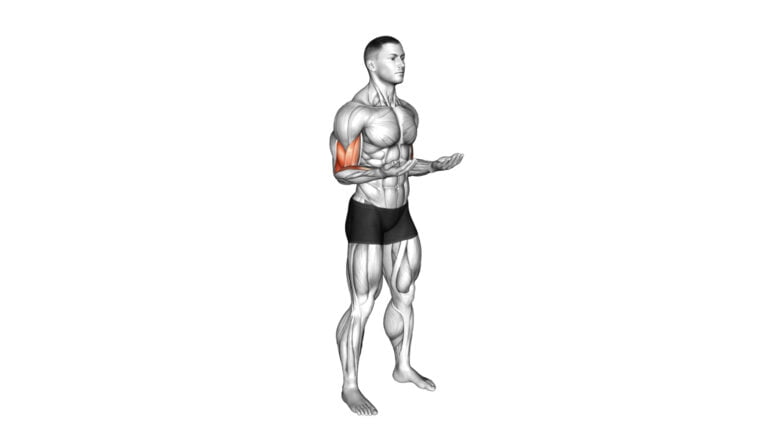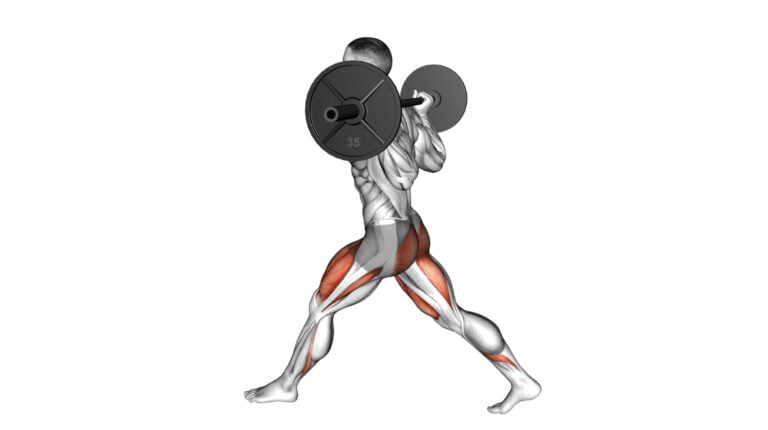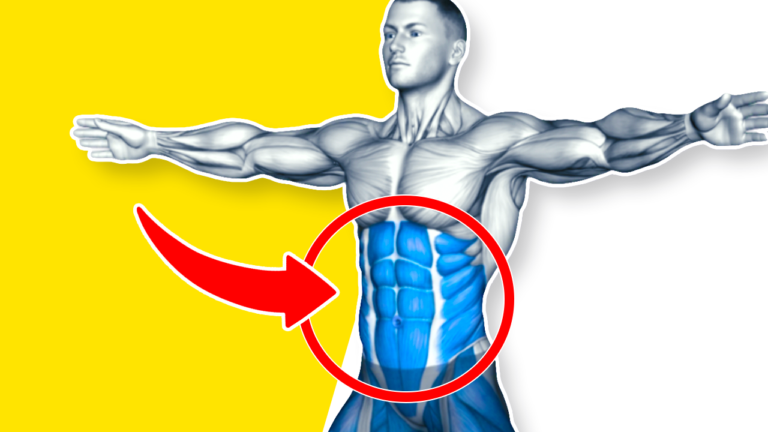5 Best Hip Band Exercises – Transform Your Lower Body!
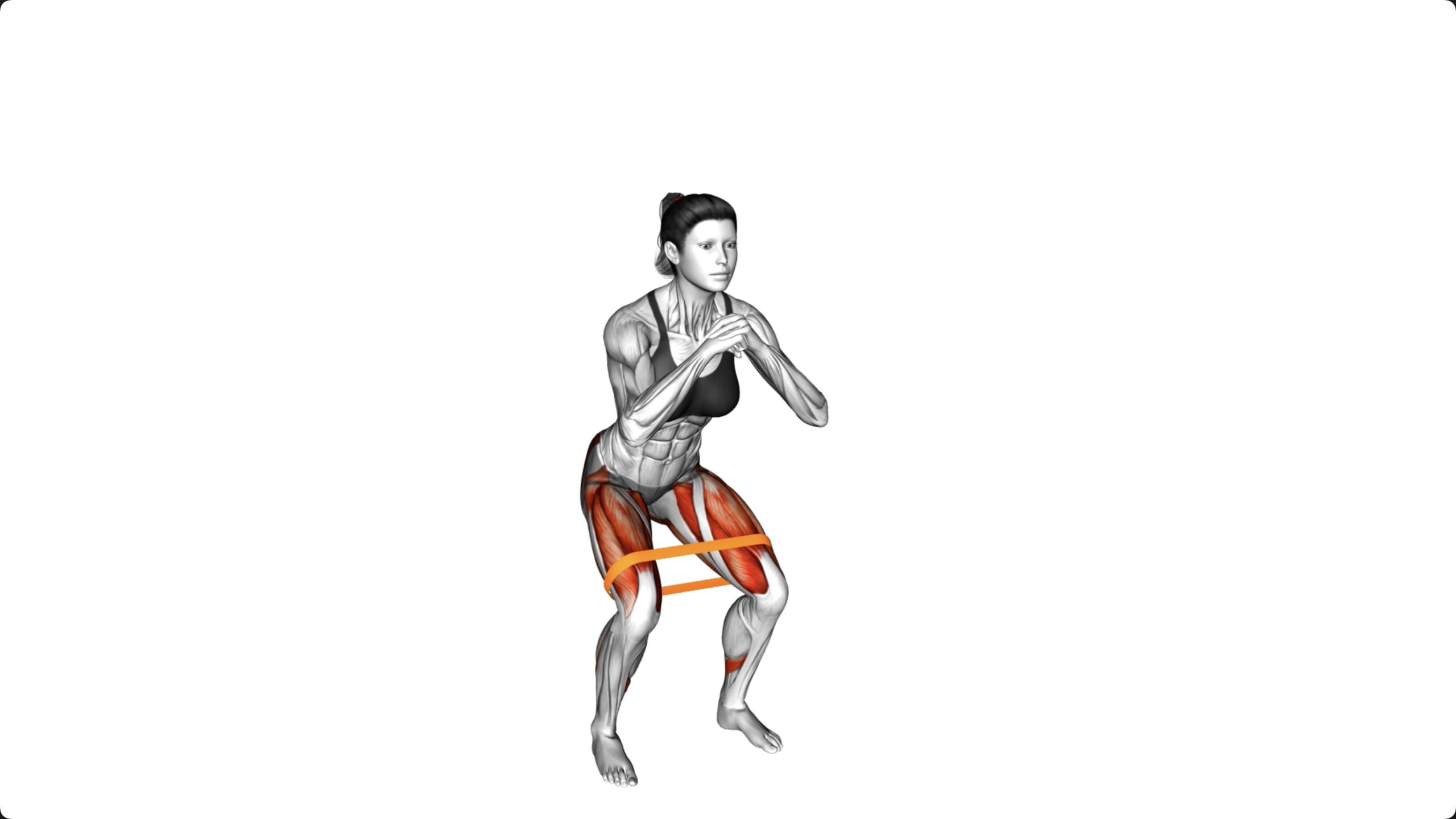
Hip strength isn’t just about looking good; it’s the foundation of a robust lower body. Poor hip engagement can lead to injuries and inefficiencies in movement, both in daily life and peak athletic performance.
With over a decade of experience as a fitness coach, I’ve seen firsthand how hip band exercises can transform clients’ stability, mobility, and overall lower body power. Incorporating these targeted workouts strengthens the hips, glutes, and surrounding muscles, which are often overlooked yet crucial for healthy function.
Understanding the mechanics of your hip flexors is like unlocking new potential for your body. This article dives deep into practical exercises that leverage resistance bands to heighten hip flexibility and muscle tone without needing heavy weights or complex equipment.
By enhancing your routine with my top 5 recommended hip band exercises, you’ll not only fortify those key muscle groups but also elevate your overall fitness game. Ready to give your hips the attention they deserve? Let’s start strengthening!
Key Takeaways
- Strengthening hip flexors with bands protects against injuries and improves performance in daily activities and sports.
- Resistance band exercises, like the duck walk and lateral walk, target not only primary muscles but also stabilize surrounding areas, boosting mobility and balance.
- The best 5 hip band exercises focus on different aspects of lower body strength, from the gluteus maximus to smaller stabilizer muscles for a comprehensive workout.
- A complete hip band routine includes a warm-up with stretches, three sets of each exercise with controlled movements, followed by a cool-down to prevent muscle stiffness.
- Regularly incorporating these exercises into your fitness regimen can lead to better posture, stronger lifts in other workouts like squats and deadlifts, as well as reduced chances of lower body pain.
Benefits of Training the Hip Flexors With Bands

Training the hip flexors with bands brings a wealth of benefits, especially for those looking to enhance athletic performance or alleviate pain from sitting all day. Resistance bands provide a unique challenge because they maintain tension on the hip flexor muscles throughout each exercise.
This constant resistance helps strengthen not just the primary muscle groups like the iliopsoas and rectus femoris, but also stabilizing muscles around your pelvis and lower back. Stronger hip flexors contribute to improved range of motion and can help prevent common issues such as IT band syndrome or lower back pain.
Incorporating band exercises into your routine boosts overall hip mobility too, making daily movements easier and more efficient. Whether you’re a runner aiming for longer strides or someone struggling with stiffness after hours at a desk, these exercises offer targeted activation that free weights alone can’t match.
The bands’ versatility allows for adjusting resistance levels quickly—suitable for anyone from beginners in rehabilitation to athletes engaging in high-level strength training. As you build power in the hip abductors and flexor muscles with these adaptable tools, expect better posture, stronger lifts in squats and deadlifts, and an enhanced ability to perform movements requiring balance and stability.
Best 5 Hip Band Exercises
Strengthening your hip muscles with resistance bands is a great way to improve overall lower body strength and stability. Here are five effective hip band exercises that can help you achieve this goal.
1. Resistance Band Duck Walk
Start the Resistance Band Duck Walk by stepping into a looped resistance band. Place it just above your knees, creating tension. Get down into a shallow squat position, making sure your feet are shoulder-width apart.
Keep your back straight and chest lifted to engage your core muscles throughout this exercise.
Move forward with small steps, pushing out against the band with each step to keep those hip abductor muscles working hard. Focus on maintaining good form, not speed—you want to feel the burn in your glutes and outer thighs as you waddle like a duck for about 10-15 feet before reversing direction.
Challenge yourself with more repetitions or increased distance as you get stronger.
Next up: let’s keep building that lower body strength with “Resistance Band Bent Leg Kickback.”
2. Resistance Band Bent Leg Kickback
After mastering the duck walk, the resistance band bent leg kickback is an excellent next step to target your glute muscles and hamstrings. This hip resistance band exercise can significantly enhance lower body strength and improve your body shape.
To perform this move, loop a band around one foot while on all fours, ensuring the other end of the band is anchored securely beneath your hands or knees for stability. Your belly should be drawn in tight to protect your spine as you focus on squeezing the glutes.
Driving through the heel of your banded foot, extend your leg back and up while keeping it flexed at a 90-degree angle; this action engages not only the powerful gluteus maximus but also supports hip joint health.
Avoid any rapid or jerky movements; instead, aim for smooth extension and control when returning to starting position. This controlled motion helps activate those smaller stabilizer muscles such as the gluteus minimus and ensures that each rep builds solid muscle without risking injury to joints or tendons.
3. Resistance Band Lateral Walk
Engage your hip abductors and glutes with the resistance band lateral walk. Place the band around your thighs, stand with feet shoulder-width apart and step sideways, maintaining tension in the band as you move.
Keep your knees slightly bent throughout the exercise to work on strengthening those muscles effectively.
Maintain a slow and controlled movement to maximize muscle engagement. This exercise targets the outer thighs, hips, and glutes while also enhancing stability in the hip joints. As you perform this lateral walk regularly, you’ll notice improved strength and endurance in these key areas of your lower body.
4. Resistance Band Lying Leg Raise
How to perform the Resistance Band Lying Leg Raise exercise? Lying on your back, loop the resistance band around your ankles and hold onto it with both hands. Start with your legs straight up and slowly lower them toward the ground, keeping tension on the band.
Then, raise them back up to complete one repetition. This exercise targets the hip flexors and lower abdominal muscles, helping to improve strength and stability in those areas.
To make this movement more challenging, you can increase the resistance of the band or add a pause at the top or bottom of each rep. Make sure to engage your core throughout the exercise to maintain proper form and maximize its effectiveness.
5. Resistance Band Lying Bent Knee Hip Abduction
Engage in resistance band lying bent knee hip abductions to target the outer hips and glutes. Begin by lying on your back with a resistance band secured around both legs just above the knees.
Keep the feet flat on the floor and bend the knees at a 90-degree angle. Maintaining tension in the band, slowly open your legs outwards, then return to the starting position. Repeat for a set of reps while focusing on controlling the movement.
By incorporating this exercise into your routine, you can effectively strengthen and stabilize your hip abductors, which play a crucial role in daily movements such as walking, standing, or climbing stairs.
Sample Hip Band Workout Routine

Warm up your hip flexors with banded stretches before diving into 3 sets of 10-12 reps for each of the best 5 hip band exercises. Finish off with a cool down using banded stretches to round out your workout routine.
Warm-up with banded stretches
Before starting the hip band exercises, it’s essential to warm up your hip muscles with banded stretches. Begin by placing a resistance band just above your knees and stand with feet hip-width apart.
Perform lateral steps to engage the glutes and outer thighs, ensuring that there is constant tension on the band. Next, lie on your back and loop the band around both feet for lying leg raises, gently raising one leg at a time while keeping the other straight and stable.
These dynamic movements will activate the muscles and prepare them for the upcoming workout.
Perform 3 sets of 10-12 reps for each exercise
Complete 3 sets of 10-12 repetitions for each exercise to effectively target and strengthen your hip flexors. Keep the movement controlled and deliberate, focusing on proper form throughout each set.
Adjust the resistance level of the band as needed to ensure an appropriate challenge for your muscles without compromising technique.
Execute each repetition with a full range of motion, engaging your hip muscles fully to maximize their strengthening potential. Rest briefly between sets as needed, allowing for adequate recovery while maintaining focus and intentionality in every rep.
Cool down with banded stretches again
After completing the sample hip band workout routine, it’s essential to cool down with banded stretches again. This helps to reduce muscle tension and prevent stiffness after a rigorous workout session.
Cooling down with banded stretches also aids in improving flexibility, promoting better blood circulation, and enhancing overall recovery.
By incorporating these additional banded stretches into your routine, you can effectively target specific muscles in the hips and lower body while bringing your heart rate back to its resting state.
Conclusion

To wrap up, these 5 hip band exercises offer a practical and efficient method for strengthening the hip flexors. Have you tried incorporating them into your workout routine? How can you integrate these exercises into your fitness goals? Strengthening the hip flexors with resistance bands is crucial for overall stability and injury prevention.
Consider adding these movements to experience improved performance and reduce the risk of common lower body issues. Explore further reading or consult a trainer to optimize your training regimen.
Keep challenging yourself!
FAQs
1. What are the best hip band exercises for strengthening?
The best hip band exercises for strengthening include squat jumps, standing side kicks, and knee raises with a resistance band to target muscles like the glutes, adductors, and tensor fascia latae.
2. Can hip resistance band exercises help with knee pain?
Yes, engaging in controlled resistance-band activities like external rotators and standing leg lifts can strengthen your lower legs and hips which may provide pain relief for conditions such as knee pain or osteoarthritis.
3. How do resistance band hip exercises benefit runners?
Runners can benefit from these exercises as they focus on key running muscles in the pelvic area including psoas major and minor, iliacus, quads, and even stretch out the iliotibial band helping prevent overuse injuries.
4. Are there any specific hip-strengthening band exercises that also work on abs?
Certainly! Exercises like resisted hip flexion not only strengthen your hips but also engage your core muscles focusing on rectus femoris—part of your six-pack abs—and provide an isometric workout for stabilizing vertebrae.
5. Do I need a trainer to do these resistant-band workouts effectively?
While you can perform many resistance-band workouts safely on your own by following proper technique instructions; working with a trainer ensures correct form which maximizes effectiveness while minimizing injury risks especially if you’re new to weightlifting or physiotherapy routines.
6. What’s important to remember when doing stretching with my hip bands?
When performing stretches such as roll-ups or internal rotation movements make sure to maintain control without overextending; this ensures that targeted muscle groups like gluteal muscles receive optimal conditioning without causing undue strain on fascia latae or proximal tendon regions around joints like patella or elbow.

Author
Years ago, the spark of my life’s passion ignited in my mind the moment I stepped into the local gym for the first time. The inaugural bead of perspiration, the initial endeavor, the very first surge of endorphins, and a sense of pride that washed over me post-workout marked the beginning of my deep-seated interest in strength sports, fitness, and sports nutrition. This very curiosity blossomed rapidly into a profound fascination, propelling me to earn a Master’s degree in Physical Education from the Academy of Physical Education in Krakow, followed by a Sports Manager diploma from the Jagiellonian University. My journey of growth led me to gain more specialized qualifications, such as being a certified personal trainer with a focus on sports dietetics, a lifeguard, and an instructor for wellness and corrective gymnastics. Theoretical knowledge paired seamlessly with practical experience, reinforcing my belief that the transformation of individuals under my guidance was also a reflection of my personal growth. This belief holds true even today. Each day, I strive to push the boundaries and explore new realms. These realms gently elevate me to greater heights. The unique combination of passion for my field and the continuous quest for growth fuels my drive to break new ground.





